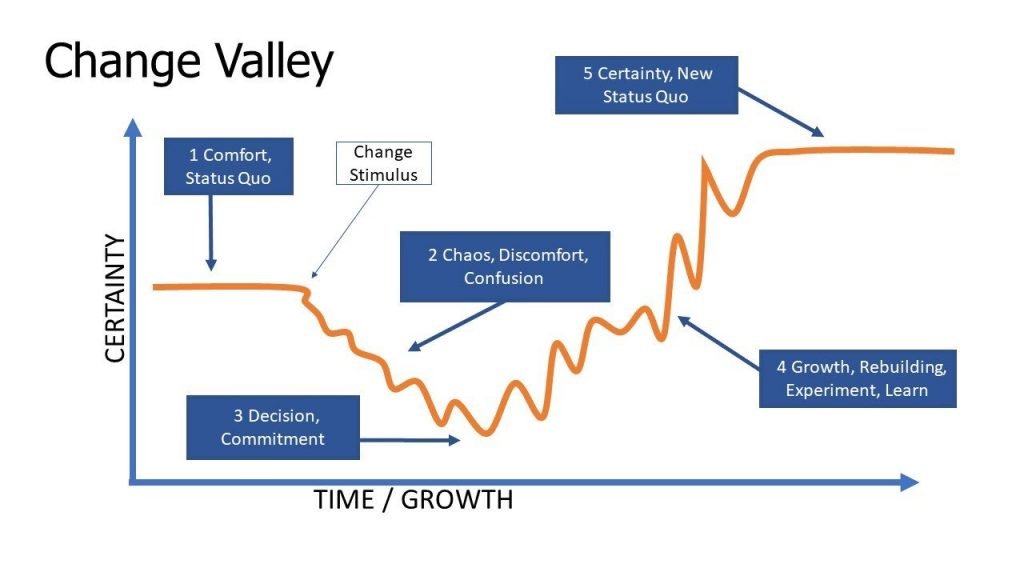These are uncertain times, and emotions are running high throughout the world. Uncertainty drives fear for your employees as they worry about their careers, livelihoods, and safety. This fear is compounded by the fact that this is not just a work-related issue but is present in our homes, communities, and throughout all nations. All of this is a recipe for stress and irrationality.
How your employees feel, and in turn how they behave in this environment, has a lot to do with you as their leader. You have a unique opportunity to make it better or worse. Here are some thoughts on how to help your employees for the better.
Safety First
Presumably, you’ve already put in place policies and protocols for your employee’s physical safety. But what about their psychological safety?
Our friend Alison Fragale is an expert in organizational development and productivity and has collaborated with us at several events. We captured her key points on how leaders can create psychological safety in a recent article following her workshops here in western Canada. These points are more important today than ever.
In addition, we would suggest these strategies for leaders to reduce uncertainty and fear in their employees.
1. Start By Listening

The time to be a great listener is now. That means giving people your time and undivided attention and caring about them as a whole person. Find out what’s going on in their lives, with their families and what may be their sources of stress. You may not have a solution, but being willing to listen can help a lot.
2. Have A Plan and Be Transparent
At work, there’s nothing that will create more fear for employees than thinking the organization doesn’t have a plan to get through the current crisis. It’s difficult when the landscape seems to change almost daily, but it’s essential that you spend time with your leadership teams to create a proactive yet flexible plan. This may involve more than one strategy; a Plan A, B, and C, for instance, depending on which triggers occur in the days ahead.
Once that plan is created, share it constantly. Hold regular, even daily, town hall meetings (probably virtually) to share the plan and the current state of the business. This is a great time to consider open-book management and share financial information with the team.
3. Help Employees Navigate the Change Valley

Little did we know that when we wrote the Navigating the Change Valley article, that it would be so relevant here in 2020. Using the change model presented, the COVID-19 pandemic is clearly the “change stimulus” and we are deep in the valley of chaos, discomfort, and confusion right now.
Help employees understand that this is normal for situations like this and that in the future (we don’t know when) there will be growth, rebuilding and learning, and eventually a new status quo – a “new normal.”
4. Increase Communication
In times like these, there is no risk of over-communicating. Most people are working remotely from their homes and may have far less human contact than normal. This is the time to increase the frequency of team huddles, town halls, and check-ins. Add to this one-on-one communication with each of your employees, both those that remain active and any that may have had their employment temporarily suspended due to the current circumstances.
Additional Tips to Effectively Help Employees
Productivity and progress is a key ingredient for happiness (according to Teresa Amabile from Harvard Business School) and can diffuse much of the fear and uncertainty.
Next Steps
The Results team has been working tirelessly to pull together tools and resources to support leaders in these times. Consider visiting our COVID Corner or registering to one of our free weekly Unleashed Webinar Series—designed to bring you tools, strategies, and best practices to unleash your business potential.
Please feel free to reach out for various other resources we can additionally provide, many of them being pay-as-you-can programs.


